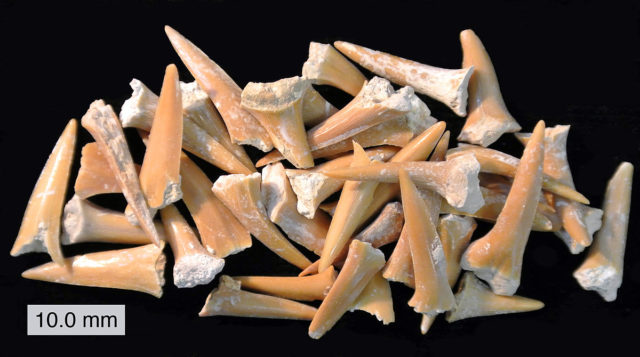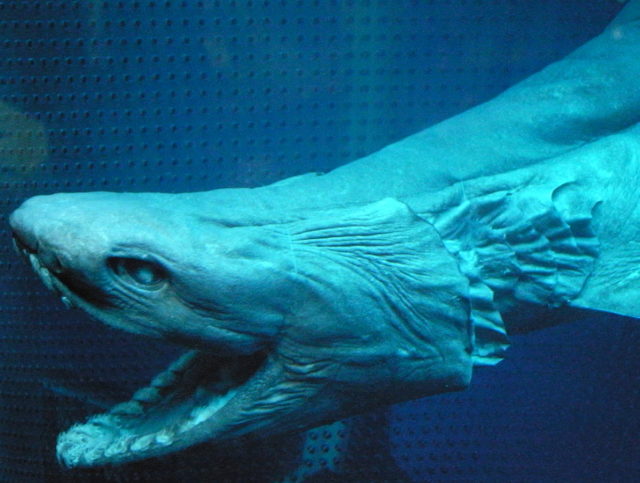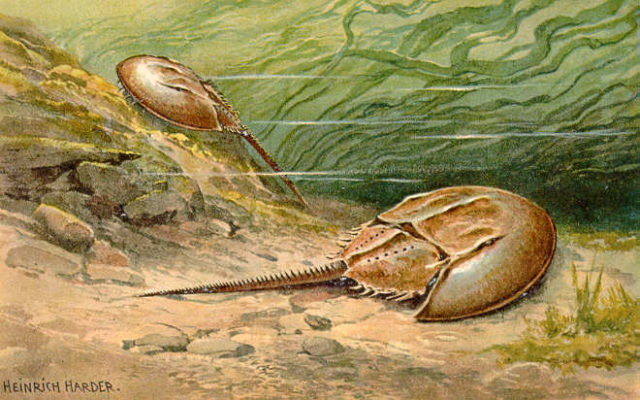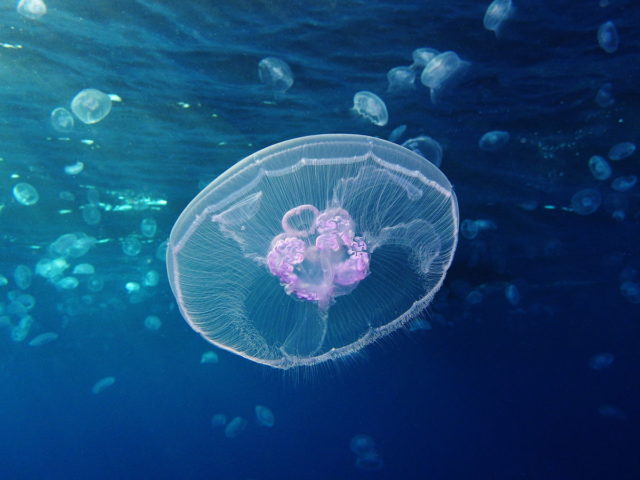Estimates tell us that the Earth formed some 4.54 billion years ago following the formation and evolution of the solar system. In the beginning, most likely, volcanic outgassing did form the primordial atmosphere and after that, the ocean too. However, this initial atmosphere would contain almost no oxygen, all of it being too toxic for a normal life as we know it today to thrive on the planet.
Fast forward in time: After extensive chemical and biological processes of genesis, the first forests would appear roughly 360 million years ago. These primordial forests were composed of Archaeopteris, a now extinct genus of tree, and its evolution undoubtedly took an extensive amount of time, as scientific findings produced by Brigitte Meyer-Berthaud, Stephen E. Scheckler, and Jobst Wendt, published in a 1999 issue of Nature affirm.

Of course, trees are just a type of plant, and plants have indeed been around much longer than just 360 million years, but the fascinating part of the entire story of the evolution and first appearance of trees is to think in terms of which animals predate trees and are still present today. Which leads us to the first of the four examples here: sharks.
When you think about sharks, it is not very likely you would deem this creature as being older than the first trees on Earth. Its large mouth ringed with sharp killer teeth instantly flash images in our minds of those great classic movies that depict some great shark-caused horrors, like the Jaws series from the 1970s.
However, once we put aside this instant association of sharks with terror and death, these creatures appear to be fantastic. Reportedly, their epic journey begins some 455 million years ago, as the oldest fossil evidence of a prehistoric type of shark has been found in Colorado, from the Ordovician Period.
Indeed, ages before the Archaeopteris emerged on Earth’s pieces of lands, the primeval shark thrived in the waters in forms that we regard similar to these days. Some of them, however, certainly looked like the most bizarre other-worldly creatures one could imagine, having spines or flat-topped fins.

Three more species turn out to be older than trees as well: nautiluses, horseshoe crabs, and jellyfish. All of these water creatures are dubbed “living fossils.”
Nautiluses have been assumed to lack any intelligence for long periods of time, but how could they have lacked intelligence and still survived several mass extinction events? Perhaps they are nearly nowhere as interesting as sharks but recent research has shown that despite having a very simple brain, they do retain some memory and demonstrate a changeable response to the same event over time.

These tiny sea creatures have been thriving more than twice the time since the first dinosaurs roamed our planet roughly 230 million years ago. As physically they have not changed a lot during the last 500 million years, nautiluses can certainly claim the title “living fossils,” plus they are amazing for their capability to live for decades, which is not typical compared to other species of their family.
One more “living fossil” is the horseshoe crab, its origins reaching back in time 450 million years. A proof of their age, according to the Science Daily, is 445 million year old fossils, found by Canadian scientists at a few places across Manitoba.

Destined to bear a horseshoe-shaped shell, this ancient marine arthropod has a long tail-spine, as well as 10 legs, and has little changed since the time it first appeared.
Last but not least are jellies that retain a status of being one of the oldest-known multi-organ animals thriving on the Earth. Some estimates show that they were well present in the world’s oceans some 700 million years ago.
Just like sharks, nautiluses, and horseshoe crabs, jellyfish have managed to survive several mass extinctions of life on Earth. Such events of rapid biodiversity loss in the ecosystem have not only been survived by sharks for instance, but sharks have done well in diversifying themselves into hundreds of different species. Moreover, the current-well known species such as the great white shark or the tiger shark are organisms on top of the game in their food chain.

The last mass extinction event happened roughly 66 million years ago, and 75 percent of all species were wiped off the face of the Earth during this period, including dinosaurs. In the 21-st century, a majority of scientists and experts have repeatedly warned of a new and ongoing mass extinction event underway on our planet. If biodiversity loss proceeds at the same rate as it is at present, it will finalize as the sixth in a row mass extinction known in the history of our planet. This time, though, the grim process is largely fueled by the human factor.
The answer to whether any of the “living fossils” thrives through the en masse loss of life once again is yet to unfold.
